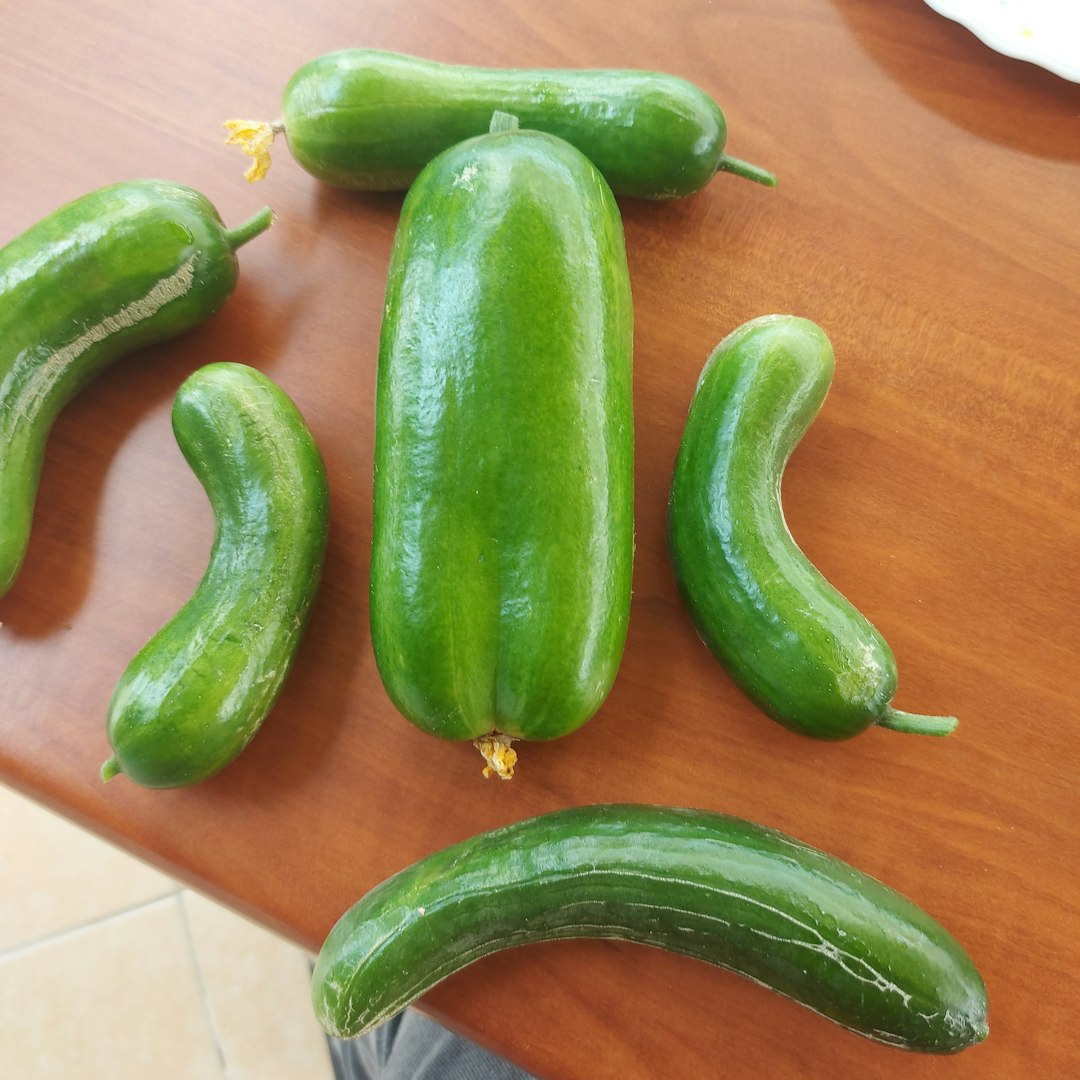Rescuing the Browning Dwarf Alberta Spruce

The dwarf Alberta spruce is a popular evergreen shrub known for its compact, conical shape and lush green needles. However, it can be disheartening to notice that the needles on your dwarf Alberta spruce tree are turning brown. But don't lose hope just yet. With prompt action, you may still be able to save your beloved tree.
First, it's essential to understand the possible causes of the browning needles. One common culprit is environmental stress. Dwarf Alberta spruces prefer cool, moist conditions. If they are exposed to excessive heat, drought, or strong winds, the needles may start to turn brown. For example, during a long, hot summer with little rainfall, the tree may struggle to get enough water, causing the needles to dry out and change color.
Another potential cause is pest infestation. Spider mites are a common problem for dwarf Alberta spruces. These tiny pests feed on the needles, sucking out the sap and causing damage. You may notice fine webbing on the tree if spider mites are present. Scale insects can also be an issue. They attach themselves to the branches and needles, and their feeding can lead to browning and dieback.
Diseases can also contribute to the browning of the needles. Cytospora canker is a fungal disease that affects spruce trees. It causes the needles to turn brown and fall off, and it can eventually kill the tree if left untreated. Root rot, often caused by over - watering or poorly drained soil, can also lead to browning needles as the tree's root system is damaged and unable to supply the necessary nutrients and water to the foliage.
Once you've identified the possible cause, it's time to take action. If the problem is environmental stress, start by providing proper care. Water the tree deeply and regularly, especially during dry periods. A soaker hose can be a great way to ensure that the water reaches the roots. Mulching around the base of the tree can help retain moisture in the soil and keep the roots cool. Use a layer of organic mulch, such as wood chips or shredded bark, but make sure to keep it a few inches away from the trunk to prevent rot.
If you suspect a pest infestation, there are several treatment options. For spider mites, you can use a strong stream of water to wash them off the tree. You can also apply insecticidal soap or horticultural oil according to the product instructions. These products can suffocate the pests without harming the tree. For scale insects, you may need to use a systemic insecticide that is absorbed by the tree and kills the pests from the inside out.
When dealing with diseases, it's important to act quickly. For Cytospora canker, prune the affected branches using clean, sharp tools. Make sure to disinfect the tools between cuts to prevent the spread of the disease. If root rot is the problem, improve the drainage of the soil. You may need to transplant the tree to a better - drained location or amend the soil with sand or gravel to increase its porosity.
Monitoring the tree's progress is crucial. Check the tree regularly for new signs of browning or other problems. Keep an eye on the overall health of the tree, including its growth rate and the appearance of new foliage. If the tree shows signs of improvement, continue with the care routine. If the problem persists or worsens, it may be necessary to consult a professional arborist.
In conclusion, when the needles on your dwarf Alberta spruce tree turn brown, don't panic. By identifying the cause and taking appropriate action, you have a good chance of saving the tree. With proper care and attention, your dwarf Alberta spruce can regain its health and beauty, continuing to be a lovely addition to your garden for years to come.